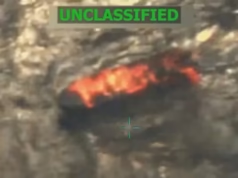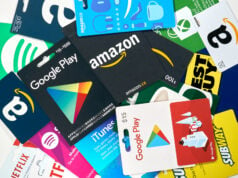
Scroll through the web for even a few minutes and you’ll see them. Big banners, flashy emails, and pop-ups that promise a little extra if you click. They’re everywhere, and they’re not there by accident. These offers might look simple, but they’re carefully built to grab attention and keep people engaged for longer than you’d think.
Why People Jump at Offers
Everyone likes a deal. It doesn’t matter if it’s a freebie, a discount, or just a small perk. That feeling of “getting more” is powerful. It sparks curiosity, and most people are happy to check out something if the entry point feels low-risk.
But the truth is that a single reward isn’t enough. People get bored quickly. To keep them around, promotions need to have layers, little reasons to stick around beyond that first click.
The Usual Structure
A lot of these systems start the same way. There’s a hook, maybe a welcome bonus, maybe an easy sign-up incentive. Once you’re in, the smaller rewards kick in. Log in tomorrow, hit a milestone, do a quick action, and there’s another little prize waiting.
It feels like progress. Instead of a one-and-done interaction, the offer turns into a path, one step leads into the next. That forward motion is what keeps people involved, even if the rewards themselves aren’t huge.
Social Proof
Social features are another handy trick. Numbers showing how many people joined, leaderboards, public shout-outs. All of these make the offer look more real, more credible. Nobody wants to feel like the only one playing along.
Recognition matters too. Watching your name creep up a list or comparing your progress with others gives you a little boost. Suddenly, it’s not just about the reward. It’s about belonging, and that changes the way people engage. You can find examples of these features on PromoGuy (https://www.promoguy.us/).
Ecosystems Instead of One-Offs
The biggest promotions don’t stand on their own. They’re part of ecosystems, webs of offers that feed into each other. Instead of closing the loop, they guide people to the next step, then the next. It’s a cycle that keeps building.
Think of it less like a one-off deal and more like a connected journey. Each opportunity strengthens the one that came before, which makes the whole thing harder to step away from.
Scarcity and Timing
Scarcity is another piece of the puzzle. Unlimited rewards lose their shine. But throw in a countdown clock or a message that says “only available today,” and suddenly people pay attention.
Even small prizes feel important when they look rare. That little fear of missing out (FOMO) is enough to push action. And once urgency enters the picture, people often act faster than they’d planned.
The Balancing Act
Of course, promotions can backfire if they’re not balanced. Too many rewards and they stop feeling special. Too few and frustration takes over. The sweet spot lives somewhere in the middle.
That balance usually comes from trial and error. Designers shift timing, test new incentives, and watch how people respond. The strongest systems don’t stay static. They adjust, evolve, and adapt to keep people interested without wearing them out.
Final Thoughts
High-value offers aren’t just quick gimmicks. They’re carefully designed systems that mix psychology, timing, and community influence. A small bonus may grab attention, but it’s the layers of progression, recognition, and scarcity that keep people involved.
As digital spaces evolve, expect promotions to get more personal and more tied to communities. Technology will sharpen them, but the core appeal stays simple: people like the feeling of getting something extra. And that feeling will keep driving engagement long after the first click.
Disclaimer
The information contained in South Florida Reporter is for general information purposes only.
The South Florida Reporter assumes no responsibility for errors or omissions in the contents of the Service.
In no event shall the South Florida Reporter be liable for any special, direct, indirect, consequential, or incidental damages or any damages whatsoever, whether in an action of contract, negligence or other tort, arising out of or in connection with the use of the Service or the contents of the Service. The Company reserves the right to make additions, deletions, or modifications to the contents of the Service at any time without prior notice.
The Company does not warrant that the Service is free of viruses or other harmful components












